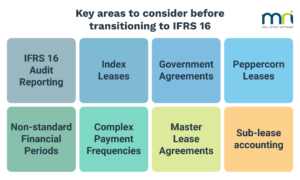One of my customers recently asked me to sum up the main benefits of using facilities management software for planned preventative maintenance (PPM). Here are just some of the key reasons I gave them as to how FM software can improve PPM. Continue reading “Benefits of using FM software for planned preventative maintenance (PPM)”
What is a visitor management system?
Traditionally visitor management was managed manually via a check-in book or ledger at reception or the entry point. A visitor management system replaces the book and pen to digitise the management of visitors, employees, and contractors within an organisation.
Visitor management software enables organisations to manage and account for every visitor, employee, and contractor from arrival through to the departure of the physical workplace.
How does a visitor management system work?
A visitor management system provides a safe and secure way for organisations to ensure those coming on-site meet their compliance obligations. This can be done by notifying visitors, employees, and contractors of on-site hazards or requesting they sign an NDA to ensure they meet and agree to onsite policies and procedures.
Modern organisations use powerful, cloud-based visitor management software, operated either by front-line staff such as a receptionist, security guards or via self-service systems such as a kiosk. A visitor management system provides strong digital security while efficiently connecting visitors with their hosts.
Visitor management systems give organisations the ability to record and report on visitors’ movements, know that only those who meet on-site regulations can gain access, and the ability to account for everyone in the case of an emergency.
Three-step sign-in/out process using visitor management software
1. Employee or guest sign-in
When an employee or guest arrived on-site they have multiple ways to sign-in. An employee could be automatically signed in as they enter the geofence, via an access control system, FOH team, or kiosk.
A guest can be signed in via the receptionist, a self-service kiosk, or a QR code. The employee or guest inputs their identifiable information via the chosen sign-in method, including who they are visiting, and answers any compliance questions to gain access.
2. Host notified
Once the guest is signed in, their host is automatically notified they are on-site and to make their way to the reception to greet the guest. Popular visitor management systems such as MRI OnLocation offer multiple ways for hosts to receive notifications such as SMS or email.
3. Guest sign-out
To ensure accurate record-keeping and knowing who is on-site in the event of an emergency it is essential guests signed out as they leave the location. Guest can be signed out via the same methods they signed in; receptionist, security guard, self-service kiosk, or QR code. It is as simple as entering their name and signing themselves out.
The power of data
Visitor management software is backed with valuable data. Through the sign-in/out process, each action is stored against the employee or guest record. The logging and storing of presence data, allows organisations to review, dive into insights, identify a security breach and easily generate compliance reporting.
Extra features
Touchless – Organisations looking to create an amazing customer experience via their visitor management system, can utilise touchless technology.
Pre-registration – Visitor pre-registration allows the host or software admin to send communications to the visitor before they arrive on-site. This provides an opportunity to perform a health check, ask specific questions that the organisation requires before gaining access and provide details to help the visitor with their visit.
Watchlists – Use watchlists to send alerts and be aware of those who need to be managed when arriving i.e. your VIPs or those whose access is permanently banned.
Zones – Split your organisation into zones, easily set who can gain access to each zone ensuring only those who are authorised gain access.
Badge printing – Automatically print guest passes at sign-in. A great way for your employees to easily confirm the guest has met on-site compliance and is allowed to be on-site.
Hybrid working – Visitor management software removes the guesswork when it comes to managing your hybrid workplace. Empower your employees to log when they will be working in the office and book the best desk for them to collaborate with their colleagues.
Deliveries – Free up your reception team by automating in-bound deliveries using your visitor management software. Deliveries are logged at the kiosk and employees are automatically notified they have a parcel or catering to collect.
What are the benefits of a visitor management system?
Managing and monitoring visitors’ safe and secure movement through buildings and worksites can be stressful. With the right visitor management software, you can ensure that all health and safety procedures are followed, provide a world-class customer experience, and be able to account for everyone in the event of an emergency.
Some of the key benefits of using a visitor management system include:
- Authorise and monitor guests and employees on-site
- Create a powerful first impression with multiple ways to sign-in
- Pre-screen to ensure only those who meet on-site requirements are able to gain access
- Improve front-line productivity
- Real-time visibility of who is on-site
- Ease workplace health and safety concerns
- Integrate with access control systems
- Manage risk with watchlist management
- Paperless alternative with less manual labour required to manage visitors
- Arrival notifications to hosts
- Workplace data insights and reporting
- Employees are automatically notified of deliveries
Protect your workplace and those in it with MRI OnLocation
MRI OnLocation helps organisations globally protect the people and places that power their workplace. Use our powerful visitor management software to track and manage everyone on-site.
Get a free trial of OnLocation today and strengthen the security of your workplace, instil confidence in employee safety, and protect intellectual property by taking control of guest access.
The franchise review – MRI ProLease Express editorial on systemising franchise growth
What is Facilities Management?
Facilities Management is a profession that refers to the integration of physical infrastructures (like technology) and the employees who maintain the safety, security, and efficiency of these systems.
The term was first coined 60 years ago, and, since then, the global facility management market has grown to a value of $1,239.99 billion in 2021 and is even expected to increase a CAGR of 5.7% this 2022.
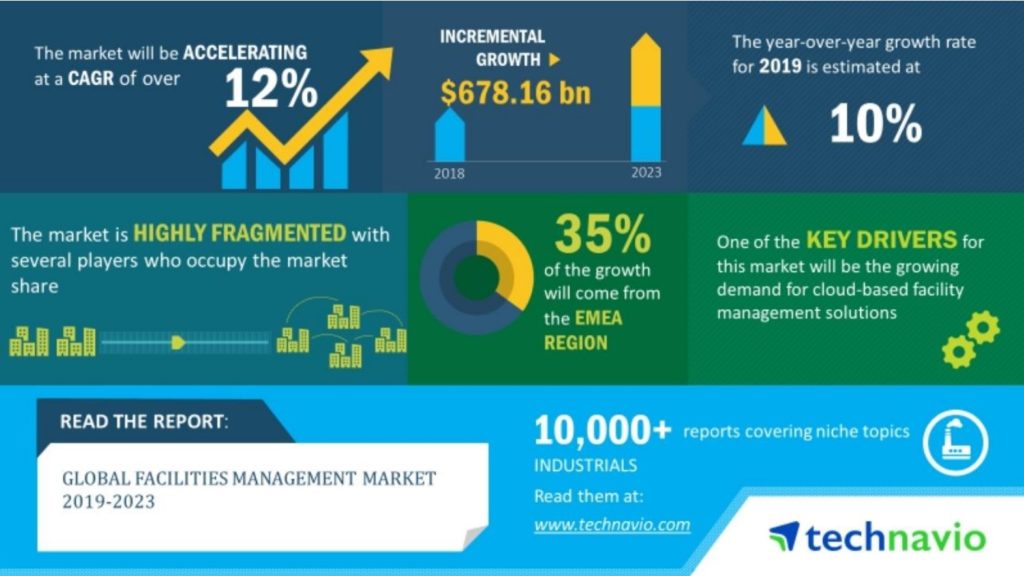
What Does A Facility Manager Do?
Facilities Managers are “considered strategic executives who are integral to an organisation’s ongoing success.” They are responsible for the maintenance of “places of work” (such as offices, retail stores, and warehouses) and ensuring the proper function of business operations.
Institutes of higher learning now offer advanced facility management degrees, and the position has evolved from a “handyman” position into a sophisticated professional management discipline that involves initiative, forethought, and planning.
Not to be confused with property management, facilities management descriptions focus less on the buildings themselves and more on the processes and people required to ensure safety and security. For example, they might organise fire alarm checks on a regular basis and communicate with electricians when needed.
Responsibilities of Facility Managers
In simple terms, building and facilities management is the efficient coordination of all activities related to keeping physical spaces and infrastructures operational; from single buildings to complex campuses used for a range of revenue-generating sites, like retail, manufacturing, and healthcare.
The management of facilities includes making sure each element of a working environment is safe simply by meeting relevant regulatory mandates, conducting frequent maintenance, and reorganising structural layouts.
This should all be done in a way that promotes productivity and the well-being of every user.
The Role and Job of a Facility Manager
To truly get to the bottom of what facilities management is, let’s explore the two categories of their day-to-day jobs: hard services and soft services.
Hard Services
Hard services are related to physical structures (the parts that can’t easily be removed). Corporate facilities management is sometimes required by law to ensure the health and safety of workers or occupants:
- building maintenance
- maintenance of HVAC systems
- energy and water management
- elevators and escalators
- lighting
- fire safety
- plumbing and drainage
The role of facilities management, in this case, is to reduce the risk of accidents and disasters, which could then result in hefty insurance costs. Facilities management software is a great option for companies who need to stay up-to-date with repairs.
Soft Services
Soft services are related to keeping the workplace comfortable and secure.
Some of these facility management task descriptions are not absolutely necessary and can be added or removed after quality and budget reviews:
- housekeeping and custodial services
- security measures
- parking lot maintenance
- pest control
- waste disposal
- recycling
- replenishing furniture and equipment
- information systems
- document management
- mail management
- space management
- grounds maintenance and landscaping
The functions of facilities management are often favoured by employees to make their lives easier. To prioritise these soft services accordingly, companies can get an overview of their costs through our integrated workplace management system solutions.
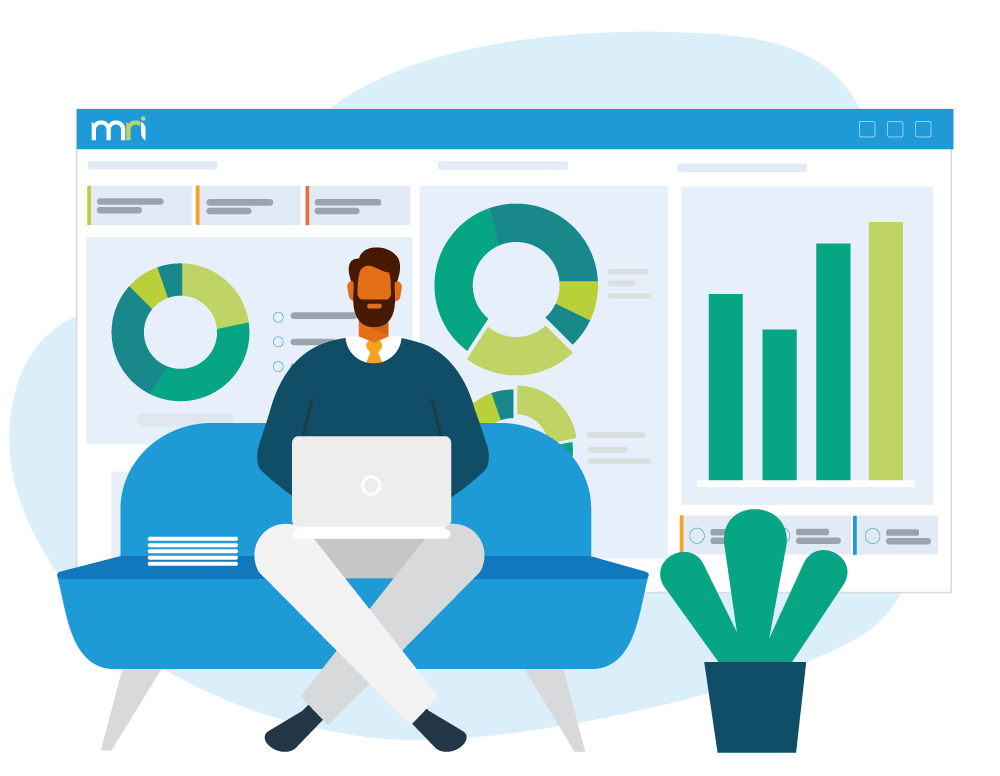
Overall, the job role promises a dynamic, challenging, and engaging career for every individual.
What Skill Sets Do Facility Managers Have?
Although Facilities Managers can expect to wear a variety of “proverbial hats”, there are some common skill sets all facility managers require (according to facility management news reporters):
- Willingness to Learn
- Digital Competency
- Problem-Solving
- Timekeeping
- Personability
- Budgeting/Finance
- Emergency Planning
- Innovation
- Leadership
- Environmental Stewardship
Case Study: Real Estate Facilities Management
A real estate facility manager has lots to pay attention to.
Not only is the industry fast-moving and constantly changing, but there are many minute details that go into selling and investing in houses.
Digital competency, for them, is arguably the most important part of their job – allowing them to reallocate time-consuming tasks from their to-do list.
Property management software would also let facilities managers meet the extensive demands of their sector in an accurate, timely manner.
What is the Future of the Facility Management Industry?
Like almost every industry on the planet, smart technology has accelerated the field of facilities management.
To stay competitive in today’s marketplace, facilities management – whether it is handled internally or outsourced – needs to include a computerised maintenance management system (CMMS) complete with a mobile application.
Cloud-based automated solutions reduce the hours of wasted time spent on manual processes and eliminate downtime that results from human error.
A CMMS can revolutionise work order processes, preventative and predictive maintenance tasks, and the management of assets, vendors and inventory.
Facility management service providers will already be using these tools, and companies desiring smooth-running business operations should consider management software through MRI.
Technology & Facilities Management Companies
To this day, many smaller organisations may prefer to conduct management of facilities internally.
Even so, there are thousands of options for facility management services out there and businesses of all sizes have been growing the facilities maintenance industry – simply by outsourcing a task or two.
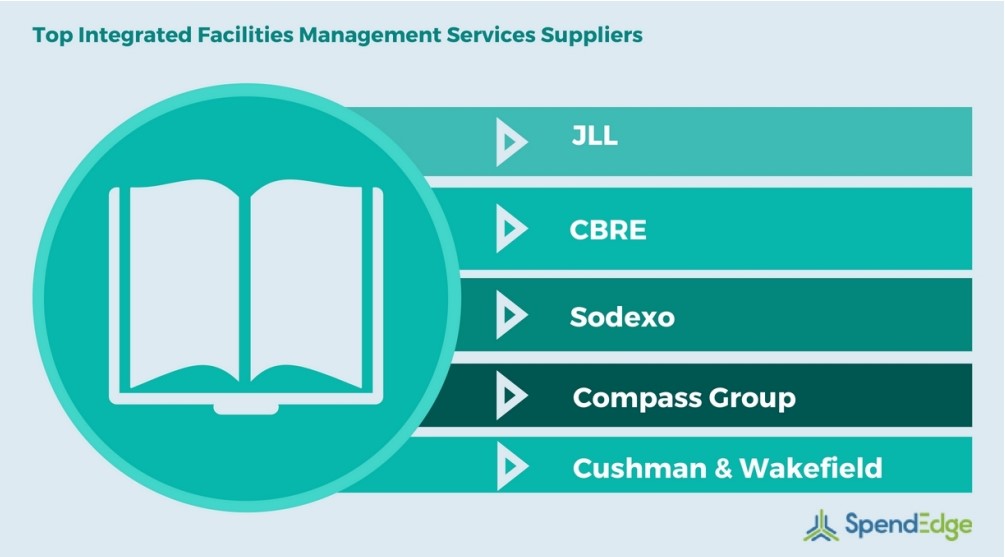
The burgeoning trend in the industry is to offer bundled building and facilities management. This comprehensive scope of services adds value and drives better quality. The top 10 integrated facilities management companies offer:
- Leadership
- Meeting room services
- Business risk assessments
- Catering services
- Business continuity planning
- Management of vehicle fleets
- Contract procurement
- Front-desk services
- Management of utilities
- Emergency response
In addition to freeing their own personnel to focus on goals more closely aligned with their core business, companies purchasing facility management services benefit in several measurable ways.
- Improved Efficiencies: A single point of contact eliminates duplicate functions, streamlines communication, and enhances workflow processes.
- Higher Productivity: Facilities management descriptions include maintenance strategies to prevent breakdowns that often bring production to a halt.
- Increased Expertise: The role of facilities management employees is to already have the technical know-how, saving companies from expending unnecessary time and resources on training in-house.
- Reduced Costs: In addition to spending less time on training, companies save on staffing, employee benefit, payroll expenses, inventory, and more.
- Better Quality Control: With proven systems already in place, facility management services produce consistency and reliability.
How Important is Facilities Management?
Facilities management has become a critical factor in a company’s growth.
According to Gartner, “providing a workspace to an individual employee costs an organisation from $8,000 to $14,000 per year.”
Proper maintenance of these spaces can help businesses avoid sudden and expensive costs – and through FM technology, businesses can save a 5% reduction in the total cost of occupancy.
From looking after equipment to creating an environment that supports the company culture, facilities management adds value on a daily basis and for the long term.
High-performing businesses understand the necessity of prioritising building facilities management. This aspect of their operations and expect facilities management companies to offer solutions based on cutting-edge technological trends.
If you’re not already using an automated solution to manage your facilities, work orders, maintenance, assets, and more… it’s a good place to start.
Here at MRI, we offer intuitive and flexible software to help you transform your organisation.
Reach out if you have questions, or better yet, take a look at what we can do with our no-obligation, free demonstration. Contact us today.
Understanding and combatting “return to the office fatigue”
Businesses that have spent months inviting their employees back into the physical workspace are facing a new issue that’s been dubbed “return to the office fatigue.”
Through surveys and communications with employees and applicants, businesses found that even as in-person work became possible again, many workers desired a balance of in-office and remote work as opposed to one specific model. But now, with companies offering hybrid work strategies, the strengths and weaknesses are starting to emerge. “Return to the office fatigue,” a phenomenon similar to burnout among employees, is on the rise.
According to recent surveys, many workers consider a hybrid approach to be more emotionally taxing than fully remote arrangements.
If employees want hybrid work environments, then why are some people reacting negatively to the in-office aspect, and what can you do about it?
Working in-office still has virtual elements
Two years have really shaken up the definition of “team meeting,” with people calling in from the office, home, coffee shops, or abroad. Throughout the pandemic, many businesses fully embraced the remote work environment, even hiring employees who would not traditionally be able to commute to a physical office space. When these same businesses started bringing their workforce back into the office, many teams were still unable to physically convene everyone together in one place.
Returning to in-person meetings, with the whole team present in one place, is no longer a feasible option for companies who’ve embraced this kind of flexibility over the last two years. At its best, an office space can be the beating, communal heart of an organisation — a place where teams can come together and collaborate. Instead, employees hoping to reunite with their co-workers (or in some cases, meet for the first time) may have been discouraged to learn that even after two years of being apart, work in the office still had a virtual component. Several months in, employees could be wondering: Why come into the office if meetings are still virtual? When starting at this line of questioning, it’s not hard for someone to arrive at a broader issue: the commute.
Offices should be commute-worthy experiences
The pandemic showed many organisations that remaining productive outside a traditional office space isn’t just possible – many employees preferred it. Bringing employees back to the office was never going to be an easy, one-and-done task, nor would all organisations be able to establish a one-size-fits-all hybrid work environment. Different workforces have different requirements, and the past two years have given employees so much freedom to choose how they work that they won’t want to conform to a setting that might not fit their work style.
“Why would I drive, in some cases an hour each way, to simply sit at my computer for eight hours?” This question is causing a new shift in perception of what employees want and providing a new issue that employers must deal with. How do businesses balance keeping people happy in the office while also ensuring their time is meaningful and productive? Businesses will need to turn their workplaces into engaging, collaborative spaces to give employees an incentive to make the commute and return to the office.
Defining an agile hybrid workplace with technology
As businesses across the globe bring employees back to the office, technology can be the main driver in creating innovative workspaces that keep employees connected, no matter where they are. Before the return to the office began, many employees expressed genuine excitement at the thought of reuniting with everyone. Utilising the right solutions can help you turn the office into a place where that excitement is welcomed, encouraged, and harnessed to create a stronger sense of community and productivity.
- Tech-enabled meeting rooms, where employees can collaborate easily in person and virtually, ensure that no one is missing out on the full work experience.
- Tools to sign-in to offices can monitor employee activity across the space and efficiently manage visitors.
- Desk booking systems that provide access to desks and meeting rooms for employees who travel to remote offices make them feel like part of the team, and not separated from their coworkers.
- Predictive analytics and utility usage insights can help determine which days would be best for different teams to work in-office together.
Hybrid work is something that employees have expressed a desire for, and there is inherent value and benefit to bringing in these employees periodically to keep collaboration alive. The right technology can enable you to turn your office space into a commute-worthy experience, driving collaboration among your employees and driving productivity. Learn how you can transform your workspace into a thriving workplace with technology.
2022 Real Estate Industry Events Roundup
After two years of cancelled, postponed, and virtual events, we are delighted to see that face-to-face industry events are making a comeback! Connecting with your community has never been more important particularly, in creating opportunities to share knowledge, ideas, and innovations to help keep the industry thriving. We’ve rounded up some of the real estate events to add to your 2022 calendar including our very own MRI Ascend.
Real Estate Conferences and Events
MRI Ascend Spring 2022 | Sydney
MRI Ascend APAC will be back again in 2022 and for the first time in three years, it will be in person! Join leading business and industry experts and gain key knowledge and insights into how property software can help you achieve your growth goals with engaging conversations and content. More information to come.
PropTech Summit 4-6 May | UTS Function Centre, Sydney, NSW
The Australian Proptech Summit is your chance to meet and engage with commercial real estate managers, developers, investors, and major tenants who are actively looking for the latest tech and solutions to improve their assets and operations.
Rise Conference 24 May 2022 | Melbourne
Rise Conferences explore human-centred real estate, examining connections between performance, mental wellness, and motivation on how to become better agents and property managers. This year’s program includes a line-up of leading experts covering psychology, neuroscience, and leadership.
AREC 29-30 May 2022 | Gold Coast Convention & Exhibition Centre, Gold Coast, QLD
This year’s AREC 2022 event will again feature sessions from inspirational speakers and achievers as they cover strategies to control challenges in sales, property management, and mortgage broking. MRI Software is proud to be an exhibitor once again at this year’s event.
SCA National Conference 30 May-1 June 2022 | Melbourne Convention Centre, VIC
The 2022 SCA Australia and New Zealand Conference is heading to Melbourne. The theme is Liveable Future – what is strata’s role in the United Nations 17 Sustainable Development Goals (SDGs). To learn the history of these goals, visit sdgs.un.org/goals. The full program of speakers will be released soon.
Real Estate Blue Print 9-10 August 2022 | The Ivy, Sydney NSW
Josh Phegan hosts a jammed packed two-day conference program providing a roadmap for Sales and property management professionals in setting themselves and teams up for success. Learn all the dialogues, be exposed to all the systems, rapidly upgrade your skills, and make the future yours.
The Business of Real Estate Spring 2022 | Gold Coast Convention Centre, VIC
A carefully curated agenda of leadership development, a new level of thinking, and strategies all targeted to helping property management businesses build success. There is also plenty of time dedicated to networking with some of the best, most progressive leaders in the industry.
Real Estate Institute Events
Real Estate Institutes across Australia and in New Zealand run a broad range of virtual and online events. To help keep you connected and up to date with your training needs, check out your respective state-based association for more details:
Finding the right lease accounting solution for the transition
Welcome back to our series of IFRS 16 ‘101’ blogs, aimed at guiding you through the preparation required to successfully transition to a IFRS 16 lease accounting solution in time for 1st April 2022.
Now that you have collated all your lease data and put it into a suitable format you now need to procure an appropriate system. To do this, there are a few key elements that need to be considered and that is what we are going to be focusing on here in the second blog post.
Understanding your complexities and requirements
Here at MRI, we understand that there is a vast array of solutions in the market that can assist with the IFRS 16 transition and so deciding which vendor to go for can become quite a lengthy and challenging process. However, it is only when we start to dig deeper into the nuances of the portfolio and requirements that we can begin to understand which system will be the most suitable not only for the immediate transition on April 1st but also continuing for the years to come.
Some key areas to think about are:
- IFRS 16 audit reporting – the ability to audit your disclosure reporting is a requirement.
- Index leases
- Government Agreements – where there is not a legally enforceable agreement, but it is defined under IFRS 16 for the public sector.
- Peppercorn leases – leases for which the consideration paid is nil or nominal.
- Non-standard financial periods – anything other than calendar month.
- Complex payment frequencies
- Master lease agreements – for vehicles and equipment leases.
- Sub-lease accounting
These may not be things you have thought about so beginning to understand these early in the process is key as it shapes how you approach this process.
What this will look like for your organisation
Another factor that needs to be taken into consideration is the functions that are involved. Of course, the finance team will be influential in running the IFRS 16 calculations but what about other departments? The property team, for example, may not seem like a necessary party to bring in here but what needs to be remembered is that the data needed for IFRS 16 reporting comes directly from this team.
From our years of experience handling hundreds of IFRS 16 transitions in both the private and the public sector we have seen first-hand how important it is to have cross-departmental collaboration throughout the entire process. A trend we have noticed is that those that continue to adopt a siloed approach have difficulties when it comes to reporting due to delays and inaccuracies in the data.
Having an IFRS 16 software system that can facilitate this will put you in a great position to maintain compliance with the new lease accounting standards. The data on which the finance team is reporting is the exact same data that the property/estates/asset team(s) have been inputting, tracking, and managing on a daily basis, meaning you can be confident that the calculations are accurate and reliable for IFRS 16 reporting.
Whichever solution you pick needs to be able to handle all the complexities your portfolio may have. as well as allow for streamlined collaboration across the organisation – only then can you be fully prepared for the upcoming transition.
To learn more about how technology can help you prepare for the IFRS 16 lease accounting transition, book a free demo below.
Property Managers and the challenges they face today
Property management in Australia is a $1B industry in the middle of a period of seismic change and disruption. Changing customer demands, the influence of new technology, and rapidly changing work practices accelerated by COVID-19 lockdowns created a perfect storm that’s continuing to challenge both property managers and principals alike.
At MRI Software, we wanted to understand these challenges better. Back in 2018, we conducted the first Australian Voice of the Property Manager Report to identify benchmarks for the industry. Moreover, we also wanted to quantify and sensibly check many long-understood assumptions about the behaviour and practices of property managers and the principals who lead them.
Last year, we conducted the Voice of the Property Manager survey which forms a national research report of statistical significance. 773 respondents from various property management industries across Australia were surveyed to identify benchmarks around key employment issues, satisfaction levels, and priorities.
Major deal breakers were found in 2018. These were overly busy workloads, lack of career planning, and poor access to tools and resources needed to succeed. At that time, 12% of property managers intended to leave the industry.
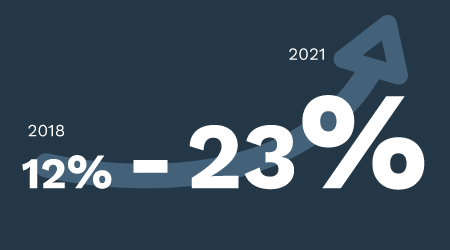
In 2021, the same issues remain but the response from property managers has intensified – today 23% intend to resign.
In addition to the factors that created industry detractors in 2018, now in 2021, we see the added alarming influence of aggression from tenants and landlords, higher service expectations, a lack of management support, and work intensification making it harder for property managers to switch off.
Of most concern is the fact that more than half of those surveyed – 53% – identified mental health and managing stress as one of the most difficult aspects of the job.
Research estimates the cost of replacing an employee is 33% of their annual salary. Two years ago, the resignation rate for Australian businesses generally was 8.5%. If 23% of property managers intend to leave the industry as our new data shows, the employee loss in property management is not just higher than previously, but it is significantly higher than the general population and it will impose punitive costs upon real estate businesses.
More findings like these can be found in the report
The property management industry is rapidly changing and the only way to continuously improve business is by understanding and embracing the challenges along the way.
Download the full Voice of the Property Manager report to gain valuable insights to run happier and more productive teams and to deliver better service today and in the future.
You can also register to attend the Voice of Property Manager webinar on 23 March 2022 1:00 PM AEDT where industry experts will discuss key findings of the report and also share a few recommendations to help run happier and more productive property management businesses including how to retain great talent! .
